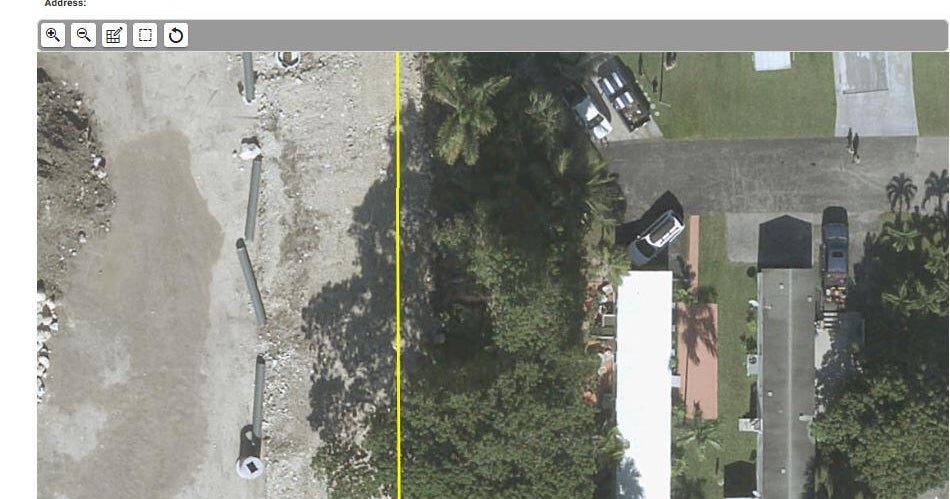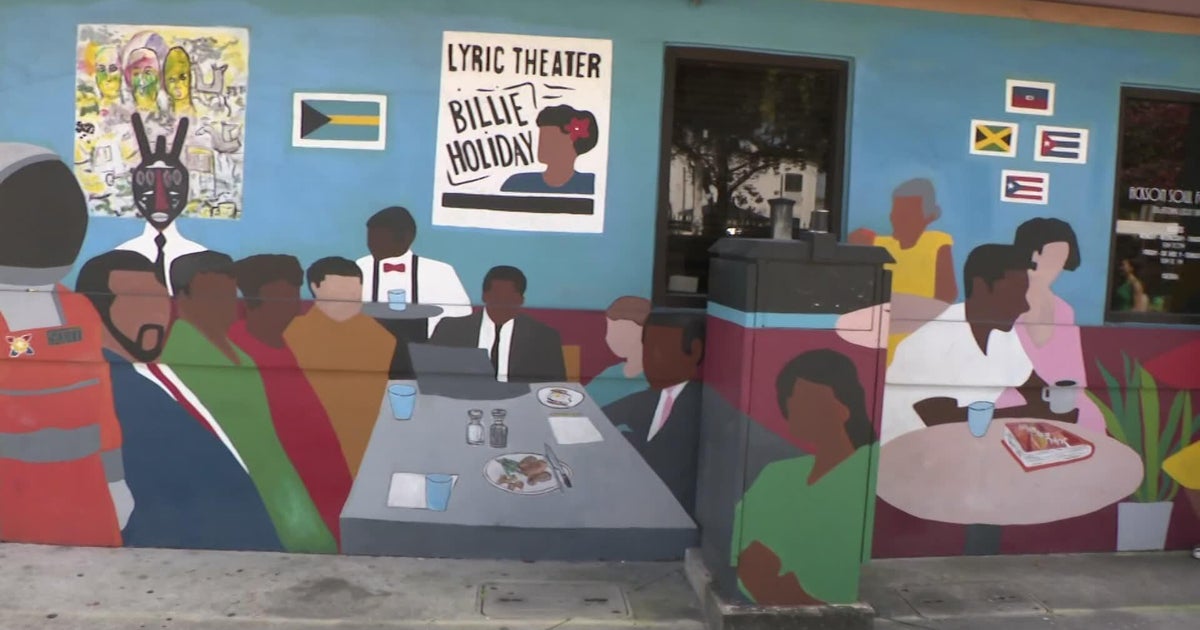World's first 3D printed rocket set to blast off from Cape Canaveral this week
MIAMI - The world's first 3D printed rocket is ready for its first-ever launch on Wednesday from Cape Canaveral.
The Terran 1 rocket, called 'GLHF' for Good Luck, Have Fun, stands 110 feet tall and 7.5 feet wide and is said to be the largest 3D printed object to exist and to attempt orbital flight.
"There are a lot of things that are special about this," said Josh Brost, Senior Vice President of Revenue Operations at Relativity Space, who made the rocket. "We have the ability to demonstrate a brand new way of manufacturing large aerospace systems that has the potential to make access to space less expensive, more frequent, and more reliable. And that definitely has positive impacts on people's lives on Earth and will for years to come."
Relativity, say this first Terran 1 rocket is 85 percent by mass 3D printed but they aim to increase that to 95 percent in the future.
By 3D printing both the rocket and its engines, the company was able to make a Terran 1 from raw materials within 60 days with 100 times fewer parts than current construction methods.
It has nine 3D printed engines on its first stage, and one on its second stage, all powered by liquid oxygen (LOX) and liquid natural gas (LNG), which are not only the best for rocket propulsion, but also for reusability, and the easiest to eventually transition to methane, which is readily available on Mars.
Relativity said the Terran 1 rocket is the forerunner to the Terran R, a much larger vehicle with a bigger range and payload, which is expected to launch in 2024 and will be not only entirely 3D printed but also reusable.
When it lifts off, the rocket will carry a special payload -- a small ring that was the first object 3D printed by the Relativity team.
"It was printed by the two co-founders when there was a tiny team and just an idea in their minds. And now it's flying on top of a rocket, of which 85% was printed by mass. And so it's really a great memento of where we came from over the last several years," said Brost.
Relativity said they see a future where human colonies create industrial bases on Earth and on Mars using scarce local resources to 3D print many of their requirements.



